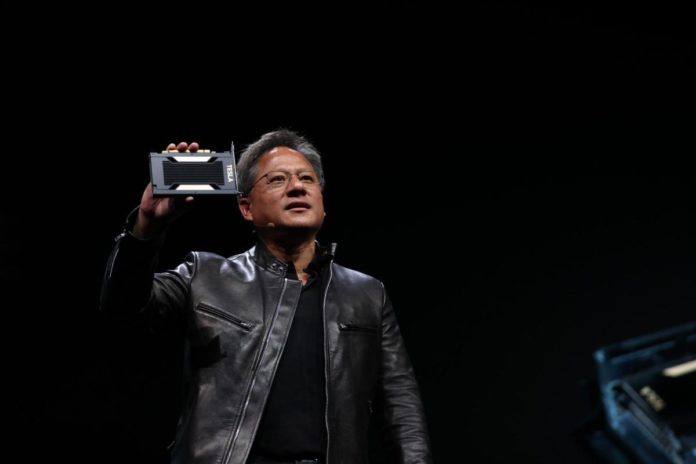Open source has revolutionized and democratized the software in a big way. Hardware world, though, has remained resolutely insulated from opening up. Nvidia, world’s leading graphics chip maker, is set to change that status quo. It recently made a revolutionary move that’s sure to shake things up help shape the hardware chips industry. Nvidia has gone ahead with open sourcing the design of one of its AI chips designed to power deep learning.
With the recent years witnessing the emergence of data-processing-intensive technologies such as artificial intelligence and big data, a spate of new AI chip makers have jumped into the fray. Big players, such as Intel, AMD, and Nvidia too are accordingly ramping up their hardware capabilities. As far as Nvidia is concerned, in last three years alone, it has recorded unprecedented growth; its market capitalization rose 10-fold.
Why go Open Source?
All this begs a question. What’s the reason behind such a move by Nvidia? When the company is already witnessing a blistering growth, why release its intellectual property to open source? Deepu Talla, vice president for autonomous vehicles at Nvidia, provides the answer. Talla says the worldwide demand for computation-intensive chips is going to skyrocket, something which Nvidia alone cannot fulfill. Once IoT devices start getting mainstream, the demand for such chips is going to break all boundaries, he believes. And, by releasing its chip design to open source, Nvidia wants AI chip makers to help bridge this gap. Therefore, companies can accelerate the manufacturing of AI chips tuned to specific application areas requiring these chips. Nvidia is currently targeting cars, robots, and drones with its chips. It expects smaller chip manufacturers to use its open source design to cater to demands for security cameras and medical devices.
Building an Ecosystem
This is, however, just one part of the picture. Slowly, but surely, Nvidia plans to build a large ecosystem with a humongous number of devices using its technology. With other chip manufacturers using its chip design technology, Nvidia plans to augment sale of its other hardware and software. This hardware works optimally with chips based on Nvidia’s opens-sourced design technology.
Michigan State University professor, Mi Zhang, reckons this as a smart move by Nvidia. He says it’s very tempting for startups to use Nvidia’s technology to develop their own AI chips. Not only they save a lot on R&D, but quicker time to market means much faster monetization. And while doing so, these companies would ensure compatibility with products, both hardware and software, from Nvidia. Zhang further underscores the importance of such a move by citing the example of development of hearing aids. While his research group was working on eliminating noise from hearing aids, the slow hardware results in poor results in spite of using the best deep-learning software to eliminate noise.
The chip module, known as Deep Learning Accelerator (DLA), for which Nvidia has released the design to open source is used for autonomous vehicles and associated technologies. The chip is going to be a critical part for Nvidia’s DriveX computer for powering Toyota’s autonomous cars.
The latest move by Nvidia has got big chip manufacturers such as Intel thinking hard how to counter it. Intel has recently invested $15 billion in Mobileye, which manufactures chips and cameras for autonomous vehicles. It’ll be exciting to watch how Intel now responds.


















